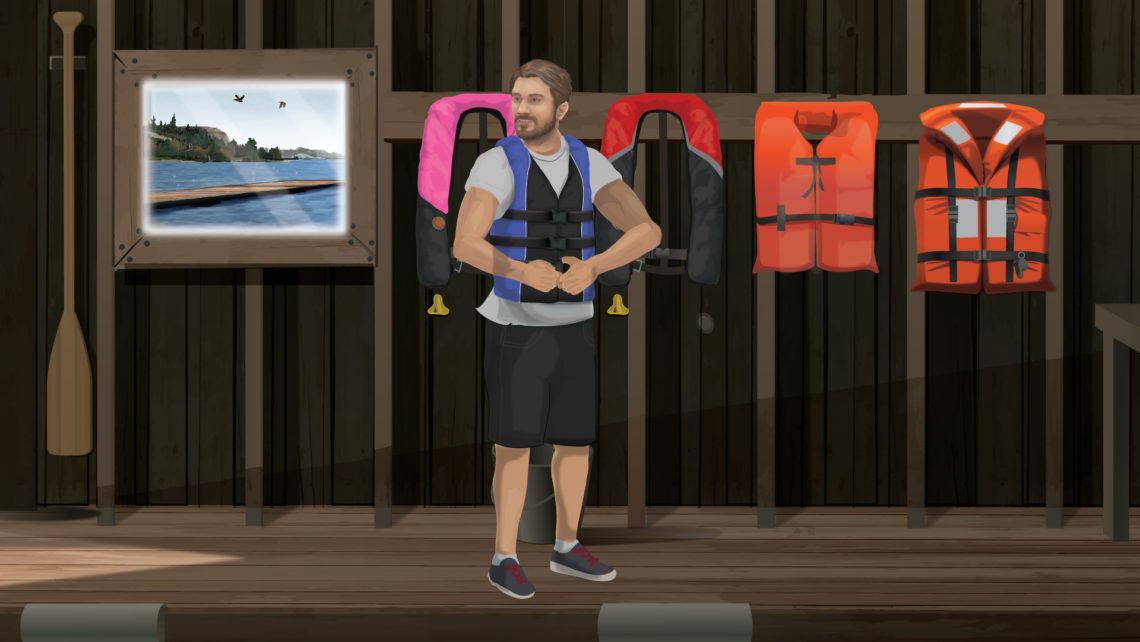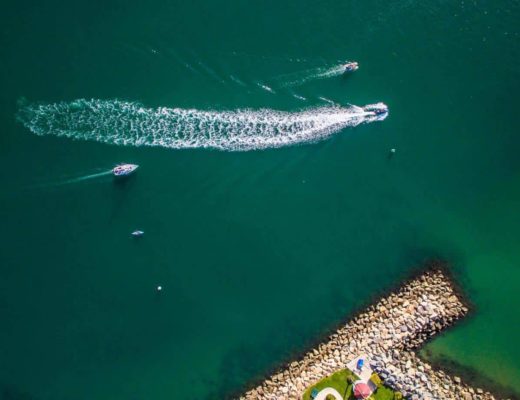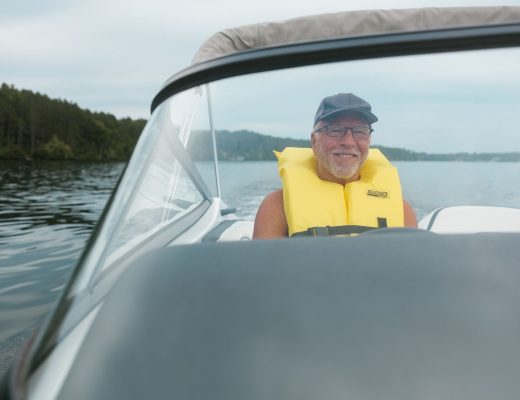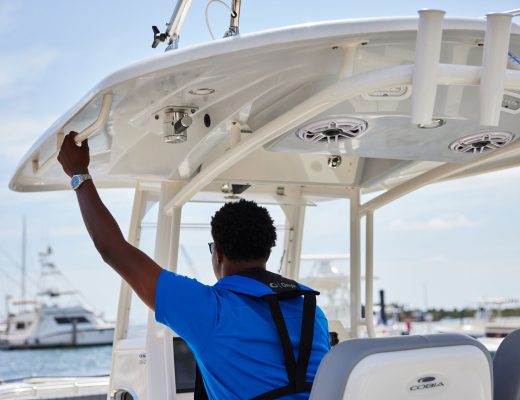Boating safety is important in the Lone Star State, and it all starts with wearing your life jackets.
The BOATsmart! way of life is all about enjoying that particular brand of fun that seems to come out on the water. There’s something about how the sun sparkles on the waves and glistens on the surface. However, the significance of wearing a life jacket on the water in Texas can’t be overstated.
Texans have it good when it comes to waterfront fun, whether floating the river and tubing in the lake or enjoying time on the beach and swimming in the ocean. With 15 major rivers, thousands of streams, over 7,000 lakes, and even part of the Gulf of Mexico, boating and water activities are a big part of life for many residents and visitors of the Lone Star State.
However, with all of that fun comes a need for safety. So, we’re breaking down everything you need to know about wearing a life jacket in Texas.
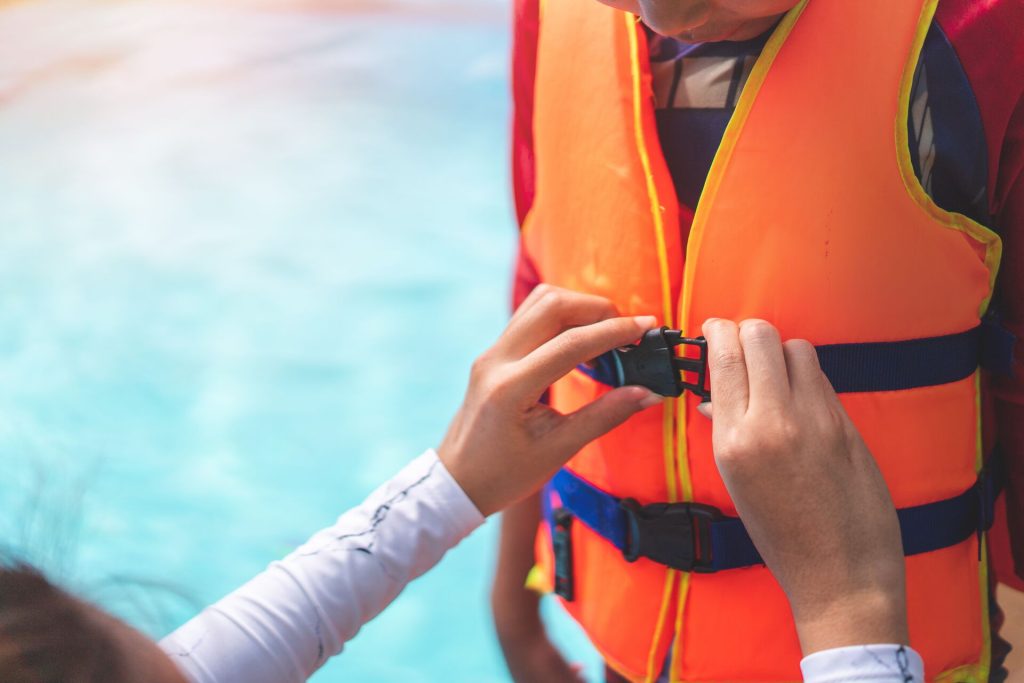
Who Should Wear a Life Jacket in Texas?
If you’re in doubt about whether someone needs to wear a life jacket or not when operating a vessel, the safest thing to do is to wear one. However, Texas also has rules to follow to boat legally on the state’s waterways.
These rules include:
- Anyone Under the Age of 13: According to Texas state law and the Water Safety Act, any child under 13 years old must wear a U.S. Coast Guard (USCG)-approved life jacket on any vessel under 26 feet long.
- Vessels 16 Feet or Shorter: You must have a personal flotation device (PDF) for each person on board any vessel under 16 feet long — including canoes and kayaks.
- Vessels 16 feet or Longer: Any vessel 16 feet or longer must also have a throwable Type IV flotation device.
- Personal Watercraft (PWC): Anyone (regardless of age) operating a personal watercraft must also wear a life jacket
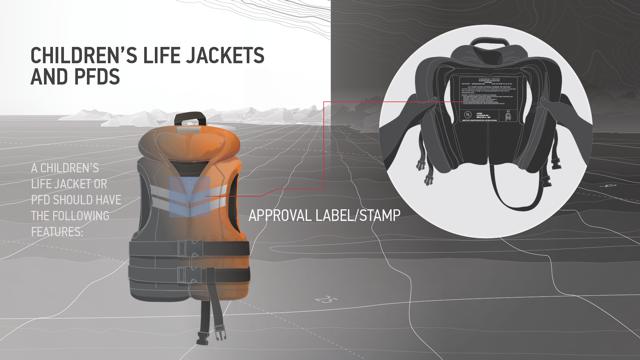
What Are the Exceptions to Texas Life Jacket Laws?
Are there any exceptions to these rules? Yes.
Children under 13 years old do not have to wear a life jacket if they are below the deck or in an enclosed cabin. Additionally, kayaks and canoes and kayaks longer than 16 feet are exempt from the requirement for an additional Type IV throwable device.
Why Wear Life Jackets in Texas?
Texas ranks 6th in the country for registered boats, and has more square miles of inland water than any other state in the nation, making it a hotspot for boating.
While there isn’t always a specific legal requirement for every person on a boat, canoe, or kayak to wear a life jacket, that doesn’t diminish its importance. According to the Texas Parks & Wildlife Department, 86% of boating accident fatalities were from not wearing a life jacket.
While life jackets won’t stop a boating accident, they most definitely can prevent fatalities due to drowning. The truth is, boaters and swimmers often don’t think that drowning can happen to them. Unfortunately, that’s not true — and by the simple act of wearing a life jacket, Texas boaters can add an extra layer of safety to their excursions.
Life jackets can help you stay afloat in the case of a boating accident, a strong current, cold weather, or swimmer fatigue. Wear a life jacket and insist that your friends and family wear one too.
Don’t Forget Your Pets
If your days on the water involve swimming or boating with your pet, make sure that they’re also protected with a life jacket meant for animals. This provides an extra layer of protection should your pup or animal be caught in a bad situation.
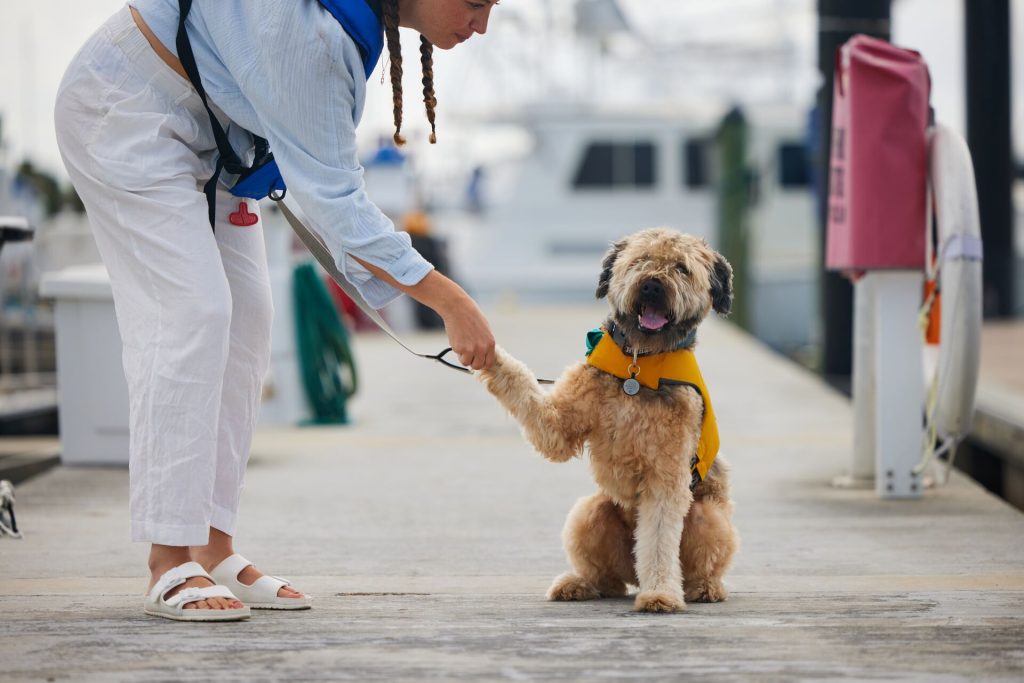
What Are the Fines for Non-Compliance?
If you’re caught violating life jacket requirements in Texas, you may be subject to a fine of $25-$500. So, the safest (and most cost-effective) thing to do when on the water is to wear your life jacket.
Who Enforces Life Jacket Laws?
Boating safety and life jacket laws in the state of Texas are enforced by the Texas Parks & Wildlife Department’s Marine Safety Enforcement Officers (MSEO). Additionally, peace officers in Texas can become MSEO certified to help enforce safety and the Water Safety Act.
What Kind of Life Jackets Are Required in Texas?
Not “just any” life jacket will do to comply with life jacket laws in Texas.
All life jackets worn in Texas must be U.S. Coast Guard-approved, including those made available on vessels. Each life jacket on board or on a person should be in good condition and fit the wearer properly. This means that each life jacket needs to be sized appropriately for the wearer.
Additionally, child-sized life jackets should only be worn by children. Adult-sized life jackets should only be worn by adults.
Make sure to have both child-sized and adult life jackets available on your vessel, and ensure that you have enough life jackets to be in compliance with the Water Safety Act.
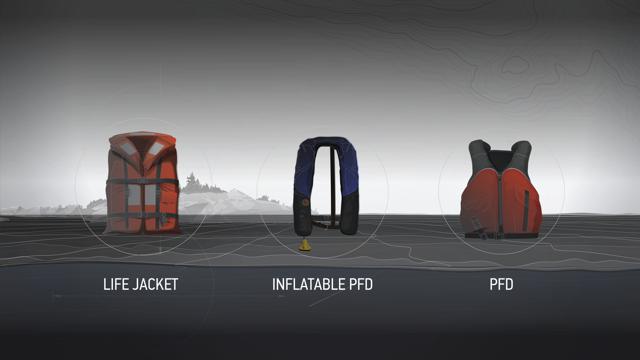
What Are the Different Types of Life Jackets?
Life jackets — which can also fall in the category of Personal Flotation Devices (PFDs) — come in several classifications and apply to wearers based on the water activity.
However, these classifications have changed over time. While the classification process is now different, life jackets classified by type are still allowed and approved by the Coast Guard as long as they’re in good condition.
By knowing the different types of classifications, you’ll be able to pick out the perfect life jacket for you and your needs while following Texas life jacket laws.
Old vs. New Life Jacket Terminology
The old “Type” labeling system was a great way to label life jackets. Life jackets and PFDs with these older labels are still fine to use and are approved. However, this terminology is being phased out and replaced with new labels as time goes on.
Here’s a look at the old vs. new labeling system and how each PFD applies to different situations in the water.
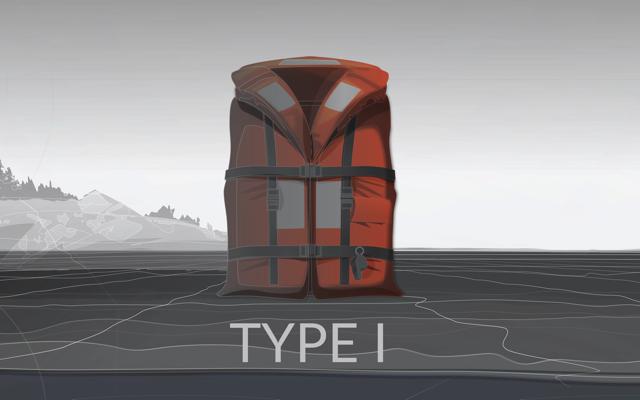
Old: Type I (Inherently Buoyant PFDs)
These PFDs are good for any water condition, from rough waters to calm waves. They’re not lightweight, but their bulkier build makes them incredibly buoyant.
When wearing a Type I or Inherent PFD, most unconscious individuals will be turned face-up.
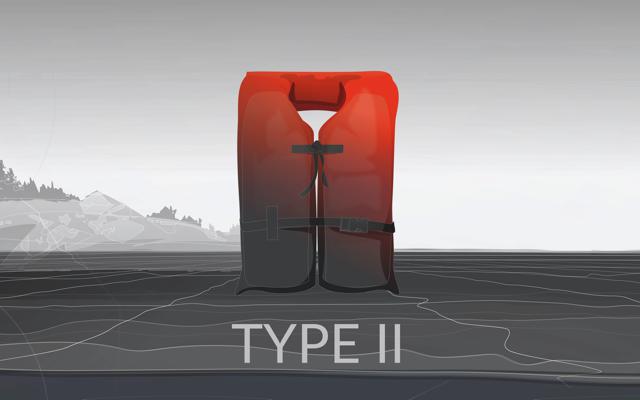
Old Type II PFDs (Near-Shore Buoyant Vests)
These PFDs are meant for boating close to shore where there is a high chance of a quick rescue. Type II PFDs ideal for long days of water adventures. They are not bulky but remain buoyant.
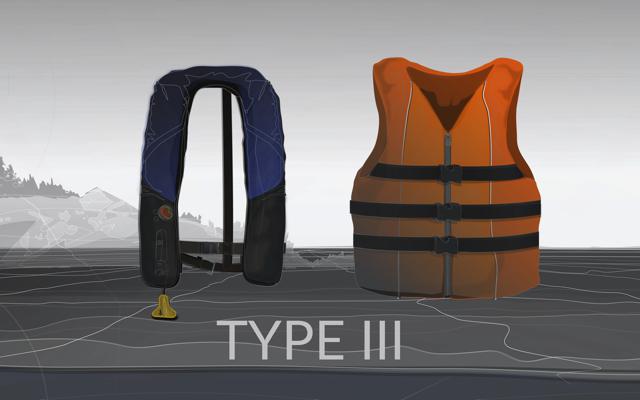
Old: Type III PFDs (Flotation Aids)
These PFDs are also known as inshore buoyant vests. They are best for situations in which you can see the shore and the waters are relatively calm. Wear one of these PFDs when swimming or enjoying water sports or recreational boating activities.
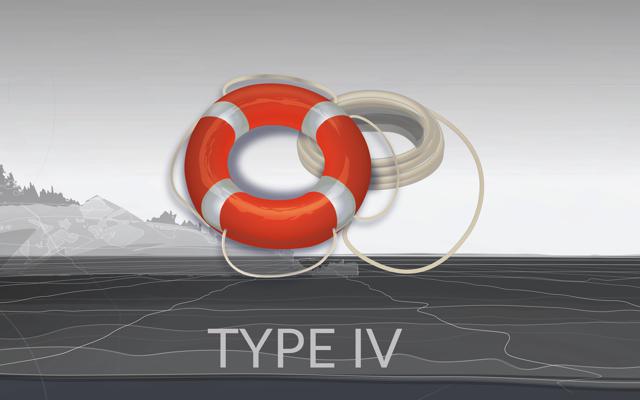
Old: Type IV PFDs (Throwable Devices)
These PFDs aren’t life jackets. They are devices you would throw to a person needing rescue in the water. Think of life rings or buoyant rings on your boat.
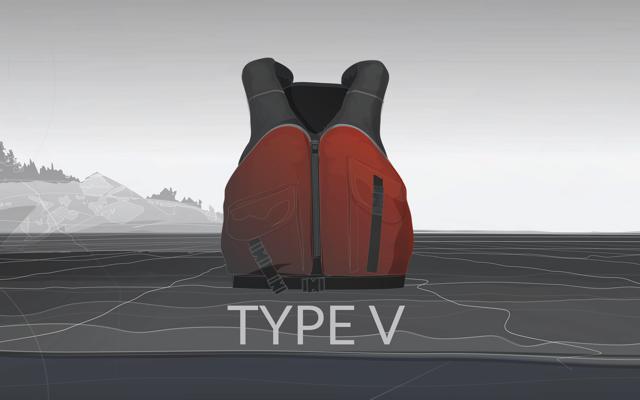
Old: Type V PFDs (Special-Use Devices)
These life jackets are designed for specific uses. They can help prevent hypothermia, be used in rescue operations, or work best for kayaking. Just make sure to use the Type V PFD according to its specifications.
Some of these devices are not approved for certain activities or must be worn (not sitting nearby) to be approved for use.
New US Life Jacket Terminology (Performance System)
The new U.S. classification system for life jackets is based on performance categories rather than “types.” Here’s the rundown:
- Inherent Life Jackets: These PFDs are always buoyant (similar to Type 1 PFDs). They will float immediately without any action required to “activate” them. Inherent life jackets are also adjustable, typically in vest form, affordable, and low maintenance.
- Inflatable Life Jackets: These devices inflate with air (usually with an installed gas canister) when activated when pulling the tube to inflate them. They come in a variety of performance levels. However, these PFDs are not recommended for children, weak or non-swimmers, or those on personal watercraft.
- Hybrid or Multi-Chamber Devices: These PFDs combine inherent material (like foam) and an inflatable chamber. As hybrid devices, they have full buoyancy without inflation. However, the inflation adds additional performance that can potentially turn someone face up in the water.
- Special Purpose: These PFDs are for specific activities or restricted circumstances (similar to Type V PFDs). They typically require extra action or training or action by the wearer. This device can have extra buoyancy for white water rafting or additional visibility, manual inflation devices, or inflatable belt pouches.

What Are the New Performance System Label Icons?
In addition to new classifications, new life jacket labels will feature a number and an icon so you know their intended use.
These numbers range from Level 50 to Level 275. Smaller-level life jackets are for use in calm water and close-to-shore scenarios, while higher-level life jackets are ideal when rescue may take longer or for rougher waters.
- Level 50: This level of life jacket is best for anyone with strong swimming skills. They are ideal for close-to-shore scenarios where quick assistance is available.
- Level 70: This PFD is best for calm or sheltered waters while close to shore with help nearby.
- Level 100: Use this PFD in calm waters. However, it will provide enough flotation to give the wearer more time to wait for rescue.
- Level 150: Devices at this performance level are more buoyant and appropriate for off-shore scenarios.
- Level 275: Devices with this rating are the most buoyant and are ideal for offshore emergency rescue situations.
The new life jacket labels will also include a warning panel with important information about the device and its intended use.
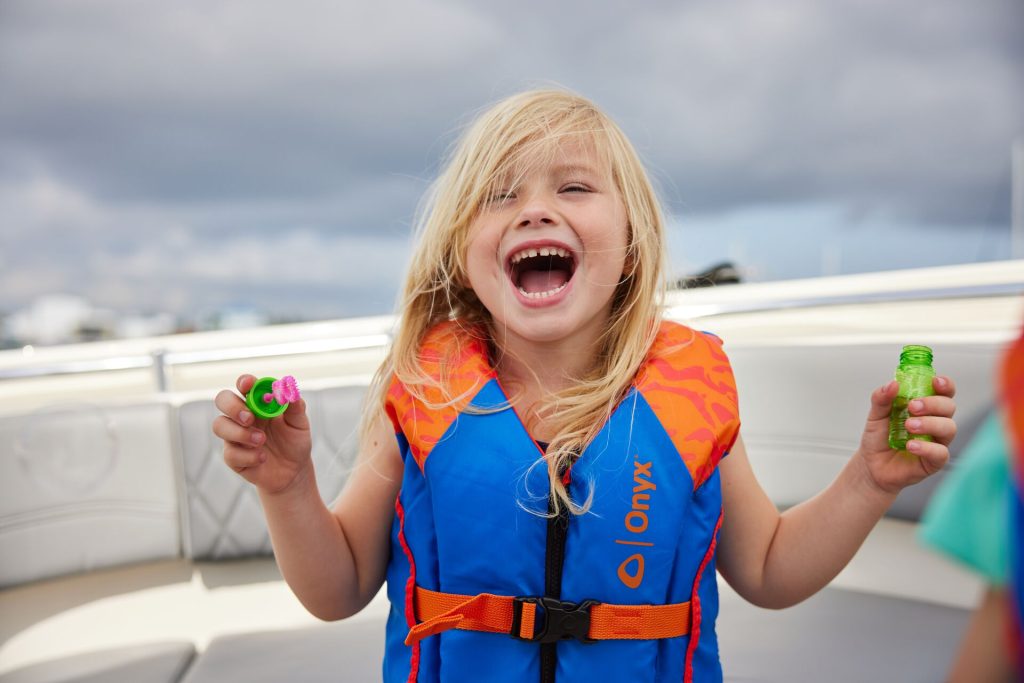
How to Fit Life Jackets Properly
With the PFD in mind that will serve you best, it’s time to get one that fits you properly. It’s also crucial to make sure everyone on your vessel has a life jacket that fits.
PFDs should be comfortable. They should also be snug, adjustable, and not rise above the wearer’s ears. Everyone needs a life jacket for their weight, size, and body type, and it is intended for the situation.
These following tips will help you to adjust your life jacket properly:
- Put on a life jacket, then fasten or zip all pieces loosely, adjusting from there.
- After zipping the life jacket, tighten it from the bottom first, working your way up. Make sure that the bottom clasp is snapped in place.
- Then, adjust each side for a snug fit. Keep them even to keep the jacket from riding up on one side or the other.
- Lastly, tighten the shoulder straps.
Once adjusted, raise your hands above your head. If a life jacket rises above your chin or is too tight, trade it out for another size. You should be able to comfortably move in the life jacket.
If possible, get into some shallow water and do a fit test. Float onto your back and make sure the life jacket doesn’t ride up or slip over your head. It should also keep you afloat.
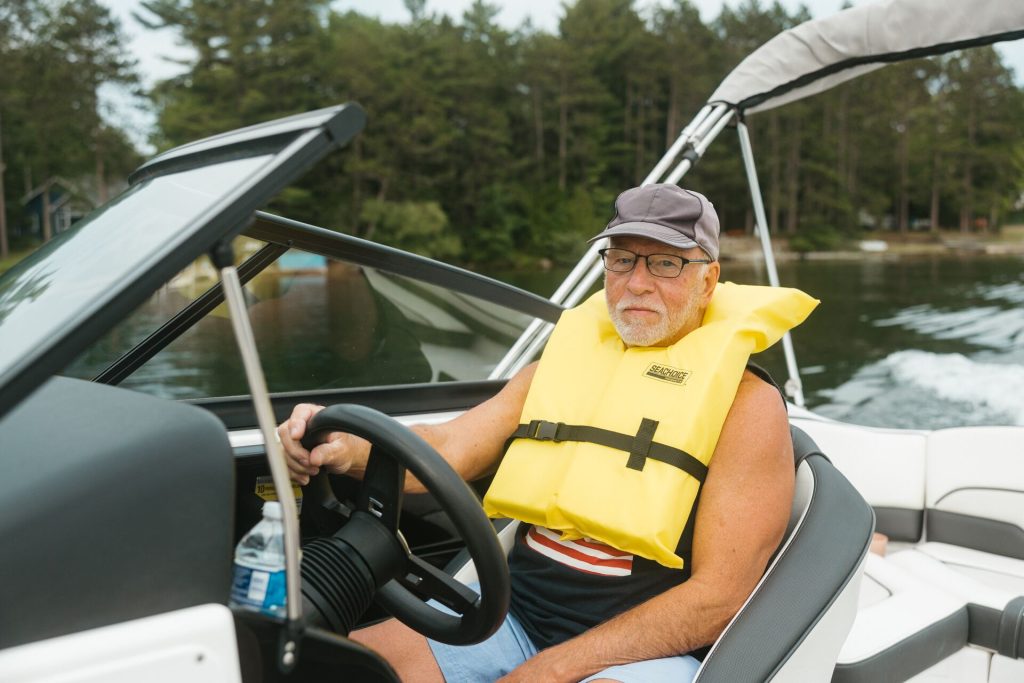
Know Your Life Jacket Best Practices
Buying and wearing a life jacket on the water is only part of your responsibility as a safe boater. You must also routinely maintain PFDs to ensure that they’ll work when needed.
Storing and maintaining life jackets can help them last for many boating seasons.
Here are our tips for keeping up with your PFDs so that they’ll last longer:
- After use, wipe them down with a gentle cleanser made for life jackets
- Store PFDs in a well-ventilated area and let them drip dry first
- Check each jacket every season for any tears, rips, or loose fastenings
Avoid laying life jackets in direct sunlight or heat. This can eventually affect their buoyancy.
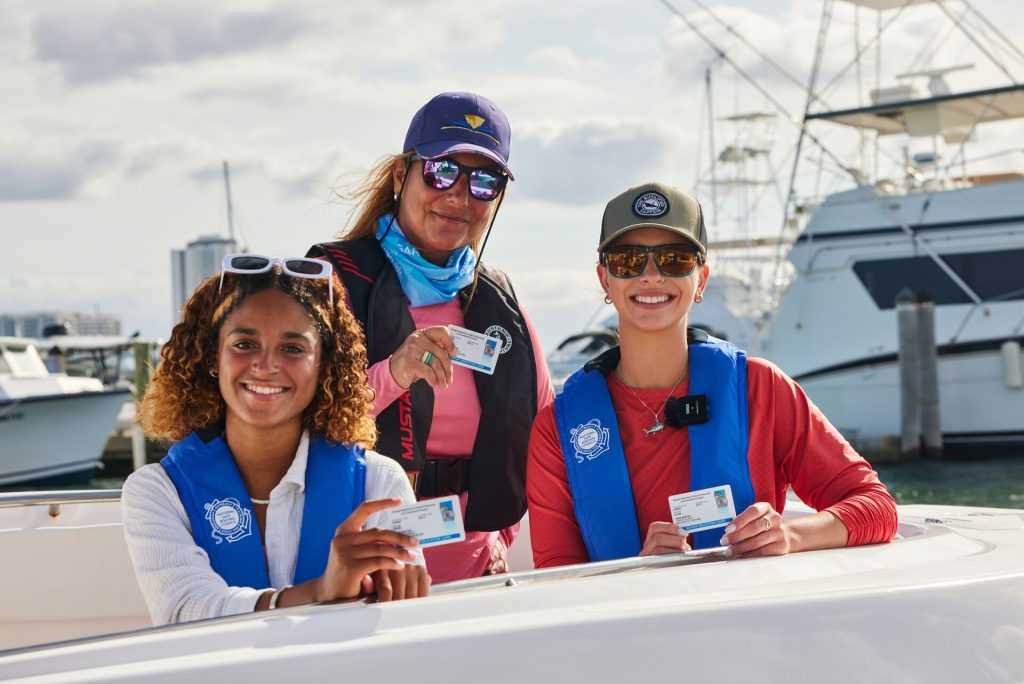
Follow Texas Life Jacket Laws for a Safe Boating Season
While floating, boating, and water sporting in Texas, make sure that every operator is legally able to do so. In addition to following the life jacket laws in Texas, everyone in Texas born after September 1, 1993, must have a Texas Boater Education Card to drive a boat or operate a personal watercraft.
So, if you’re ready to be as safe as possible on the water, grab a life jacket and complete the online BOATsmart! course for Texas boaters. Our courses are engaging — with animated and narrated lessons to help you learn in a fun way that’s perfect for all ages. As a Coast Guard and NASBLA-approved provider, we’re the best choice for those looking to keep safety first and fun right behind it.
First published in August 2020. Content most recently reviewed and updated for accuracy and relevancy October 30, 2024.
